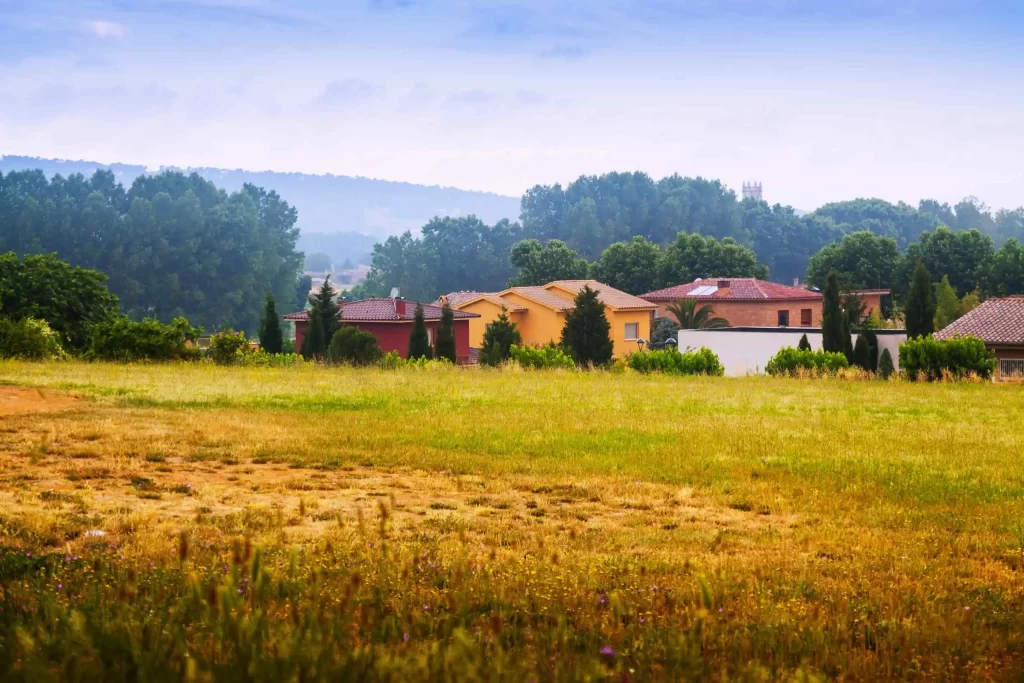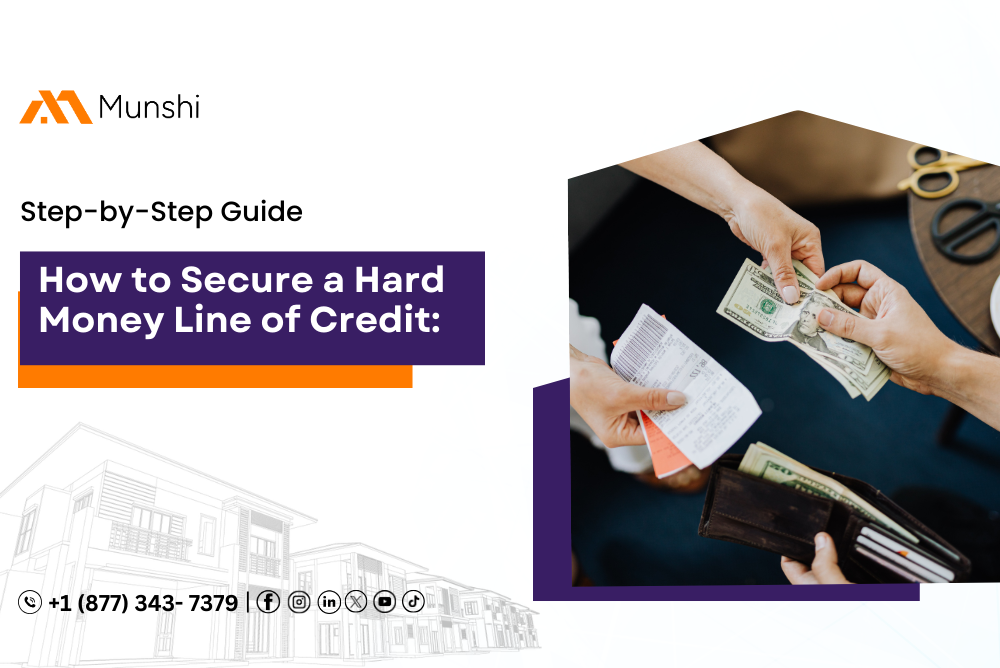Rural communities in the USA often require investing to be stimulated and have their economies boosted. One of the more popular ways to do so is through USDA loans, which are created primarily to boost real estate growth in rural regions. USDA also provides opportunities for homeownership to rural Americans through its many grants, loans, and guarantee programs. These programs make it easier for individuals to access funding for home improvements. Their Multi-Family Housing Programs also offer Rural rental loans to facilitate multi-family housing for low- to moderate-income families. These also include persons with disabilities and the elderly, with rental assistance accessible to families.
How Do USDA Loans Work?
The U.S. Department of Agriculture is known as USDA. The organization has made a name for itself in the agricultural, forestry, and food industries. It also encourages low-cost housing and robust communities in urban and suburban settings. If you want to purchase a property outside of an urban region, you may wish to apply for a home loan through the United States Department of Agriculture’s program for first-time home buyers. According to the Eligibility Map, the USDA covers 91% of the country. Of the many programs they offer for homeowners, one of their main programs is the Multi-Family housing loans.
Who Can Apply For These Loans?
USDA Rural Development Business Loans are important to rural communities’ economic development. These loans assist small enterprises in rural regions in obtaining the capital required to start or expand their operations, generate jobs, and encourage economic growth. When compared to bigger metropolitan regions, rural towns have unique economic issues. Small and even bigger enterprises in rural locations sometimes need help to get standard funding sources such as bank loans or venture capital. Rural locations also have fewer employment prospects and lower median wages, making it harder for businesses to recruit and keep staff, making lending riskier, and limiting access to financing.
Multi-Family Housing Loans
The USDA Multi-family Housing helps property owners through many loans, grants, and guarantees to help them rehabilitate and develop properties. These properties are primarily for low-income, disabled, and elderly individuals and families, along with domestic farm laborers. The Multi-Family Housing works with owners of farm and direct labor housing loan properties. These plans subsidize rents for low-income tenants, making it easier if they can’t afford to pay total rent. When direct loans end before the initial term, Multi-family Housing also issues vouchers to protect any eligible tenants who may face hardships.
Understanding The USDA Loans
These home or home improvement loans are generally government-backed and provide financial support to rural people who wish to buy, renovate, or repair their homes. They are beneficial as they come with low interest rates and no down payments, making owning a home easy for people in these communities. There are two types of USDA loans primarily:
- Direct Loans: These are made by the USDA directly and can be accessed by low- to low-income individuals. The interest rates for the same are just 1%, along with subsidies.
- Guaranteed Loans: These are generally made by private lenders but are backed entirely by the USDA. Applicants from moderate-income households can access them and require zero down payment.
Community economic growth in rural regions relies heavily on USDA Rural Growth Business Loans. These loans provide small enterprises in rural areas with the capital they need to launch or grow their operations, generate employment opportunities, and boost the local economy. When opposed to major cities, rural areas have different economic difficulties. Bank loans and venture capital are two examples of conventional funding methods that small and medium-sized enterprises in rural locations may find challenging to get. Entrepreneurs in rural locations face additional challenges in attracting and retaining employees due to lower median wages and fewer employment prospects. Lenders see these places as riskier, which, in turn, restricts their access to funding.
Long-Term Benefits
There are many long-term benefits that USDA loans can bring to extend its effect of economic stimulation:
- Facilitating community growth: Rural living becomes more affordable and accessible, making it easier to sustain communities. This is especially true in areas that may otherwise face depopulation.
- Agricultural advancement: Rural communities are primarily focused on agriculture and livestock. These loans indirectly offer a significant boost to this sector by making stronger communities, which is vital for the nation’s economy and food supply.
- Education: Rural community building can also enhance educational opportunities and facilities as these resources are more readily available.
Now that we’ve seen the benefits, here are reasons why people opt for these types of loans:
No Down Payment
No matter where you live, you can get a 100% mortgage through the USDA mortgage program. People can purchase homes without putting down any cash at all since down payments are optional.
Low Mortgage Rates
Compared to other low- or no-down-payment loan programs, such as HomeReady, Home Possible, or the V.A. mortgage loans for veterans and active-duty military personnel, the mortgage rates offered by the USDA’s two loan programs, the Direct Loan program and the Guaranteed Loan program, are almost always lower.
Mortgage Insurance Is Not Necessary For USDA Loans
With the USDA, you won’t have to worry about paying mortgage insurance—which may increase your interest rate by one percent or more—or putting down a 20% down payment. Conversely, the USDA levies a 1% guarantee fee at closing plus an extra 0.35 percent annually. Homebuyers who take out mortgages guaranteed by the USDA can buy a house with no down payment. According to USDA requirements, you can add your guarantee fee, closing charges, and loan fees to your loan amount, up to 100% of the home’s purchase price. The USDA also gives sellers the green light to provide discounts to reduce closing costs.
To Conclude
Thus, USDA loans can play a significant role in boosting rural communities and stimulating local communities. They offer many benefits that can go a long way in building economies from scratch, and from an investment standpoint, they can benefit those from low-income families. USDA loans can be accessed easily online, and they offer many other types of loans that can be accessed as well. Together, with smart planning and other perks like zero downpayment, they might be a viable option for those looking to own a home.
Find out how USDA loans can impact community development and rural homeownership. Find more about their advantages, which include no mortgage insurance, cheap interest rates, and no down payment. Visit Munshi.Capital for additional details on how USDA loans can help with the purchase or renovation of rural houses.





